沸石转轮的核心参数与处理效率介绍分析
来源:https://www.sdcjtz.com/ 发布时间:2023-09-11
沸石转轮的吸附过程实质是放热反应,进口废气的偏高会影响吸附过程,降低吸附效率,因此进口的废气温度越低越有利于吸附效率的提高,但温度过低废气的含水率就会升高,水分子会进入沸石蜂巢,降低沸石吸附效率,因此进口废气温度和湿度是沸石转轮吸附效率高低的第一对互相制约的参数,就像温度和湿度在跷跷板两头,需找到最佳的平衡点。
The adsorption process of zeolite wheel is essentially an exothermic reaction. The high temperature of the imported exhaust gas will affect the adsorption process and reduce the adsorption efficiency. Therefore, the lower the temperature of the imported exhaust gas, the more favorable the adsorption efficiency is. However, if the temperature is too low, the water content of the exhaust gas will increase, and water molecules will enter the boiling stone honeycomb, reducing the adsorption efficiency of zeolite. Therefore, the temperature and humidity of the imported exhaust gas are the first pair of mutually constraining parameters for the adsorption efficiency of zeolite wheel, Just like temperature and humidity at both ends of the seesaw, it is necessary to find the optimal balance point.
这里说的湿度是指相对湿度,相对湿度和温度有一定关系,在绝对湿度(含湿量)不变的情况下,温度降低,相对湿度会增加,因此温度也尽可能的低,但相对湿度一般不超过70%为宜,不然处理效率将急剧下降。
The humidity mentioned here refers to relative humidity, which has a certain relationship with temperature. When the absolute humidity (moisture content) remains constant, the temperature decreases and the relative humidity increases. Therefore, the temperature should also be as low as possible, but the relative humidity should generally not exceed 70%, otherwise the processing efficiency will sharply decrease.
2.2、沸石转轮的转速
2.2. Rotating speed of zeolite wheel
沸石转轮的转速的快慢决定了以下:①脱附时间、②吸附时间、③脱附区域升温程度、④冷却区降温程度等。
The speed of the zeolite wheel determines the following: ① desorption time, ② adsorption time, ③ degree of temperature rise in the desorption area, ④ degree of cooling in the cooling area, etc.
沸石转轮的转速过快会导致沸石脱附不彻底,残留有机物影响吸附效果;吸附区停留时间短,沸石未充分吸附;沸石转轮的转速过慢会导致脱附区停留时间长,沸石温度高,不利于沸石在吸附区进行吸附,吸附区停留时间长,沸石吸附达到饱和,吸附效率降低。
The rotating speed of the zeolite wheel is too fast, which can lead to incomplete zeolite desorption and residual organic matter affecting the adsorption effect; The retention time in the adsorption zone is short, and the zeolite is not fully adsorbed; The slow rotation speed of the zeolite wheel can lead to a long residence time in the desorption zone and a high temperature of the zeolite, which is not conducive to the adsorption of the zeolite in the adsorption zone. If the residence time in the adsorption zone is long, the adsorption of the zeolite reaches saturation, and the adsorption efficiency decreases.
因此转轮转速的快与慢是有机废气处理效率高低的第二对互相制约的参数,同时影响着吸附区域的温度高低,转轮转速快与慢跷跷板的平衡点是至关重要的一项,下图是在其他参数既定条件下转速和效率曲线图,从图中可以看出沸石转轮转速为3-4.5转/h时处理效率较佳。
Therefore, the speed of the runner is the second pair of mutually constraining parameters for the efficiency of organic waste gas treatment, and it also affects the temperature of the adsorption area. The balance point between the fast and slow speed of the runner and the seesaw is crucial. The figure below shows the speed and efficiency curve under other established parameters. From the figure, it can be seen that the treatment efficiency is better when the speed of the zeolite runner is between 3 and 4.5 revolutions per hour.
2.3、沸石转轮的脱附温度
2.3. Desorption temperature of zeolite runner
脱附温度存在高和低两个方向设置,脱附区域脱附温度偏高会使沸石温度高,有利于脱附,但当转轮转到吸附区域,沸石温度偏高不利于吸附,且运行安全火灾风险增加;脱附温度偏低会造成沸石脱附不彻底,沸石存有残留有机物不利于吸附,降低吸附效率。


There are two directions for setting the desorption temperature: high and low. A higher desorption temperature in the desorption area will cause a higher temperature of the zeolite, which is beneficial for desorption. However, when the wheel is turned to the adsorption area, a higher temperature of the zeolite is not conducive to adsorption, and the risk of fire increases during operation safety; A low desorption temperature can cause incomplete desorption of zeolite, resulting in residual organic matter that is not conducive to adsorption and reducing adsorption efficiency.
因此脱附温度的高低不仅仅影响着脱附的效率,还影响着吸附阶段的沸石温度高低,间接影响到吸附的处置效率,是一个很有意思的跷跷板。
Therefore, the temperature of desorption not only affects the efficiency of desorption, but also affects the temperature of zeolite in the adsorption stage, indirectly affecting the disposal efficiency of adsorption, making it a very interesting seesaw.
脱附温度一般根据有机物成分的沸点设置,异丙醇、丙酮沸点分别为82.4℃和56.5℃,高沸点的单甲基醚丙二醇、丙二醇甲醚醋酸酯、二乙二醇单甲醚沸点分别为146℃和160~240℃,基于沸石的厚度需热传导和脱附吸热的特性,因此脱附温度需高于沸点温度,一般脱附温度在180~210℃时处理效率较佳,且火灾风险较低,过高会影响吸附区的处理效率和存在火灾风险。另外定期对沸石进行再生,去除沸石中残留物,避免影响处理效率。
The desorption temperature is generally set based on the boiling points of organic compounds. The boiling points of isopropanol and acetone are 82.4 ℃ and 56.5 ℃, respectively. The boiling points of high boiling point monomethyl ether propylene glycol, propylene glycol methyl ether acetate, and diethylene glycol monomethyl ether are 146 ℃ and 160-240 ℃, respectively. Based on the thickness of zeolite, which requires thermal conductivity and desorption heat absorption, the desorption temperature needs to be higher than the boiling point temperature. Generally, the treatment efficiency is better when the desorption temperature is between 180-210 ℃, And the fire risk is low, too high will affect the treatment efficiency of the adsorption area and there is a fire risk. In addition, zeolite is regularly regenerated to remove residues from the zeolite and avoid affecting treatment efficiency.
2.4、浓缩倍数
2.4 Concentration factor
浓缩倍数=待处理废气风量×处理效率/脱附风量,从公式可以看出浓缩倍数实质是有效吸附风量和脱附风量的比率,浓缩倍数高则吸附效率降低,浓缩倍数低则吸附效率高。
Concentration ratio=air volume of waste gas to be treated × From the formula, it can be seen that the concentration factor is essentially the ratio of effective adsorption air volume to desorption air volume. A high concentration factor results in a decrease in adsorption efficiency, while a low concentration factor results in a high adsorption efficiency.
因为浓缩倍率高则待处理废气风量增加,沸石吸附有机物量增加,沸石转轮脱附风量相对变低,则脱附量相对变低,达到一定临界值时,脱附区没有100%脱附,则处置效率降低;浓缩倍率降低待处理废气风量减少,沸石吸附有机物量减少,脱附量相对变高,沸石转轮100%脱附,则处置效率升高。
Because a high concentration rate results in an increase in the air volume of the waste gas to be treated, an increase in the amount of organic matter adsorbed by zeolite, and a relative decrease in the desorption air volume of the zeolite wheel, the desorption amount becomes relatively low. When a certain critical value is reached, the desorption zone does not have 100% desorption, and the disposal efficiency decreases; The concentration rate decreases, the air volume of the waste gas to be treated decreases, the amount of organic matter adsorbed by zeolite decreases, and the desorption amount relatively increases. If the zeolite wheel is 100% desorbed, the disposal efficiency increases.
2.5、吸附温度
2.5. Adsorption temperature
从待处理有机废气温度-效率曲线图可以看出,由于有机物的结露点、沸石的吸附特性等因素影响,沸石吸附区温度越低,吸附效率就越高。
From the temperature efficiency curve of the organic waste gas to be treated, it can be seen that due to factors such as the dew point of organic matter and the adsorption characteristics of zeolite, the lower the temperature of the zeolite adsorption zone, the higher the adsorption efficiency.
吸附温度是由废气入口温度、转轮在吸附区的沸石温度等综合因素决定,沸石吸附区的温度由脱附区温度和转轮转速决定,为了迅速降低沸石吸附区的温度,一般在脱附区和吸附区过度区间增加沸石冷却区,提高吸附区吸附效率。
The adsorption temperature is determined by a combination of factors such as the inlet temperature of the exhaust gas and the temperature of the zeolite in the adsorption area of the impeller. The temperature of the zeolite adsorption area is determined by the temperature of the desorption area and the rotation speed of the impeller. In order to quickly reduce the temperature of the zeolite adsorption area, it is generally necessary to add a zeolite cooling zone in the transition zone between the desorption area and the adsorption area to improve the adsorption efficiency of the adsorption area.
一般用吸附区的废气出口温度作为参数进行监控,废气出口温度控制在120℃以下为宜,可以提高吸附区处理效率和降低火灾风险。
Generally, the exhaust gas outlet temperature of the adsorption zone is used as a parameter for monitoring. It is advisable to control the exhaust gas outlet temperature below 120 ℃, which can improve the treatment efficiency of the adsorption zone and reduce fire risk.
除了以上因素外,燃烧炉的温度、脱附区和吸附区的风压比及其区间的密封性、待处理废气的粉尘、含有过高的高沸点物质等也会对处理效率和终排放值有影响。
In addition to the above factors, the temperature of the combustion furnace, the air pressure ratio of the desorption and adsorption zones, and the sealing of their intervals, the dust in the waste gas to be treated, and the presence of excessively high boiling substances can also affect the treatment efficiency and final emission value.
燃烧炉温度过低导致高浓度有机废气燃烧不充分,汇集到排放口会导致排放浓度升高,燃烧炉温度过高,存在燃料浪费且运行的安全风险,一般设置燃烧炉燃烧温度宜在:750℃-850℃。
The low temperature of the combustion furnace leads to insufficient combustion of high concentration organic waste gas, which can lead to an increase in emission concentration when collected at the discharge outlet. The high temperature of the combustion furnace poses a safety risk of fuel waste and operation. Generally, the combustion temperature of the combustion furnace should be set at 750 ℃ -850 ℃.
上一篇:喷砂房的局部抽风的特点介绍
下一篇:废气处理设备解决独特汽体时要注意的问题


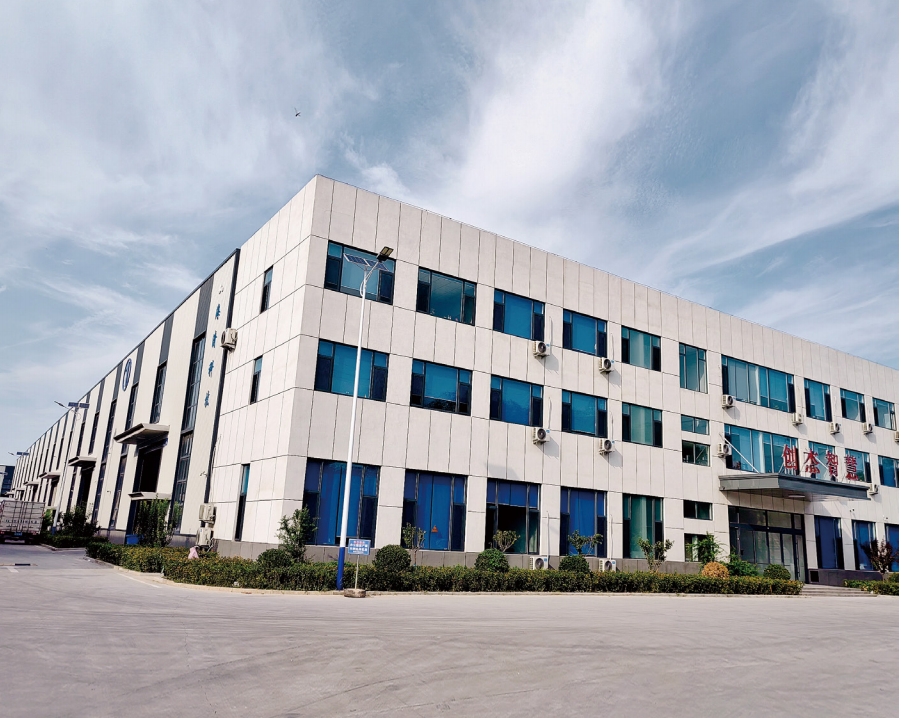
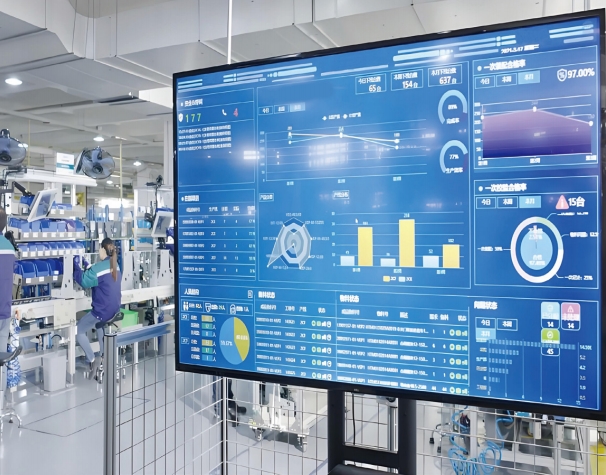
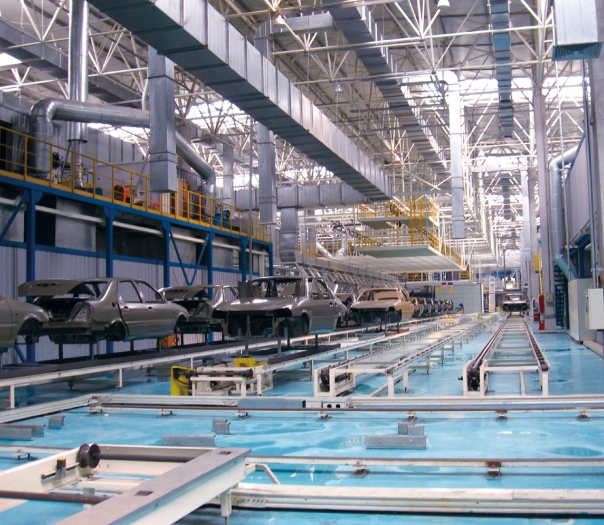
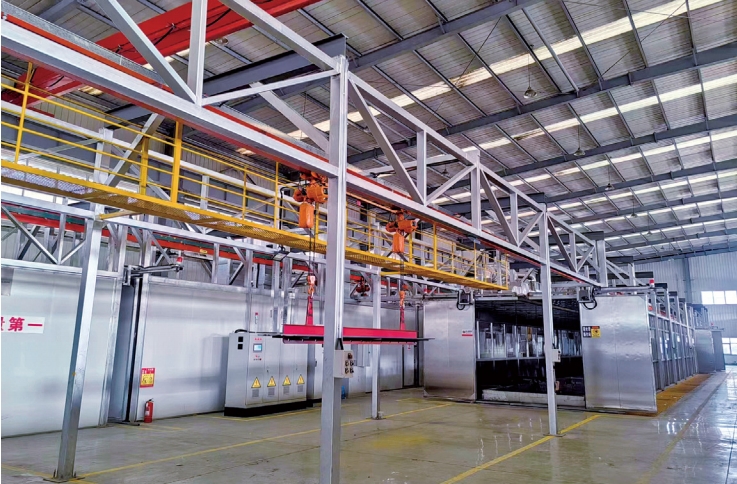
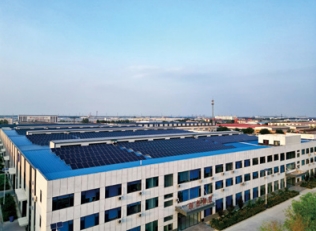
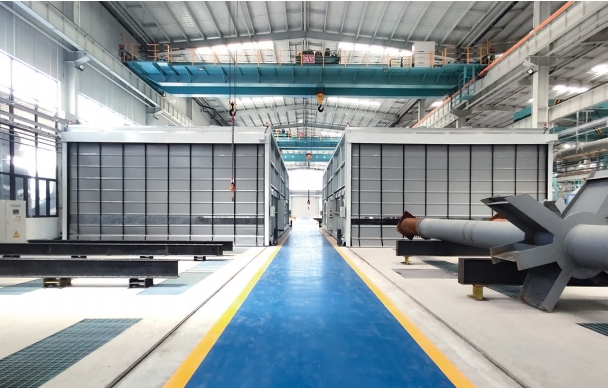
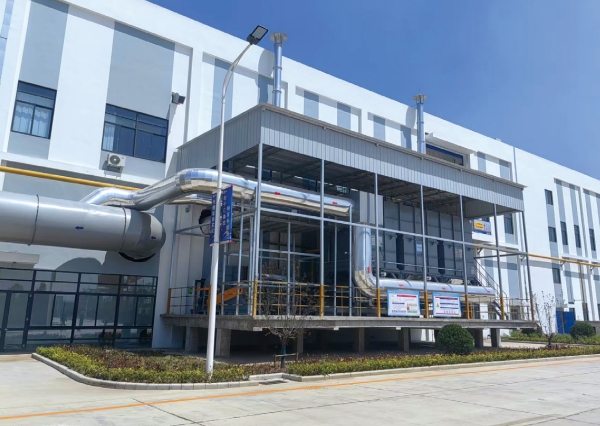
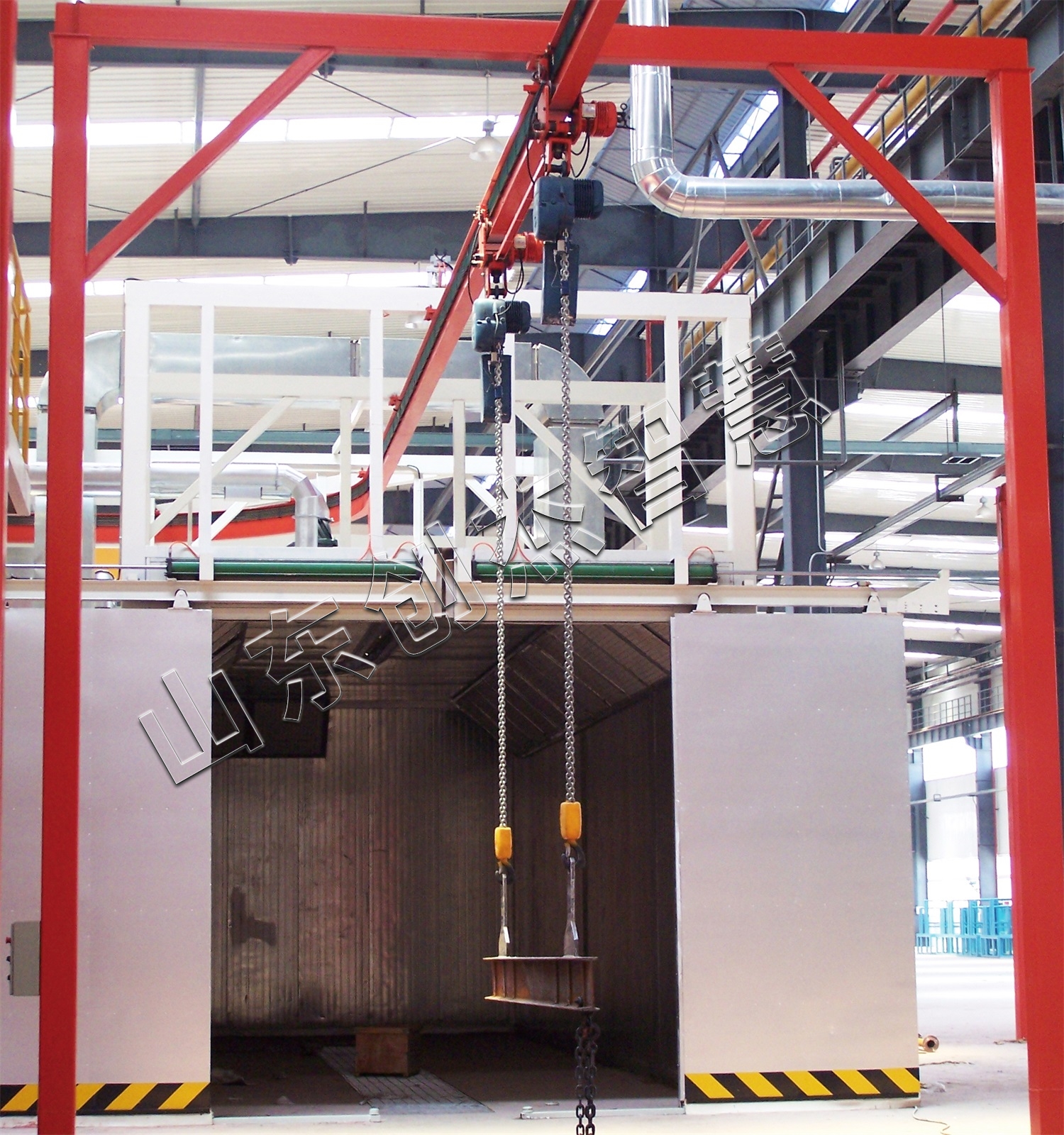
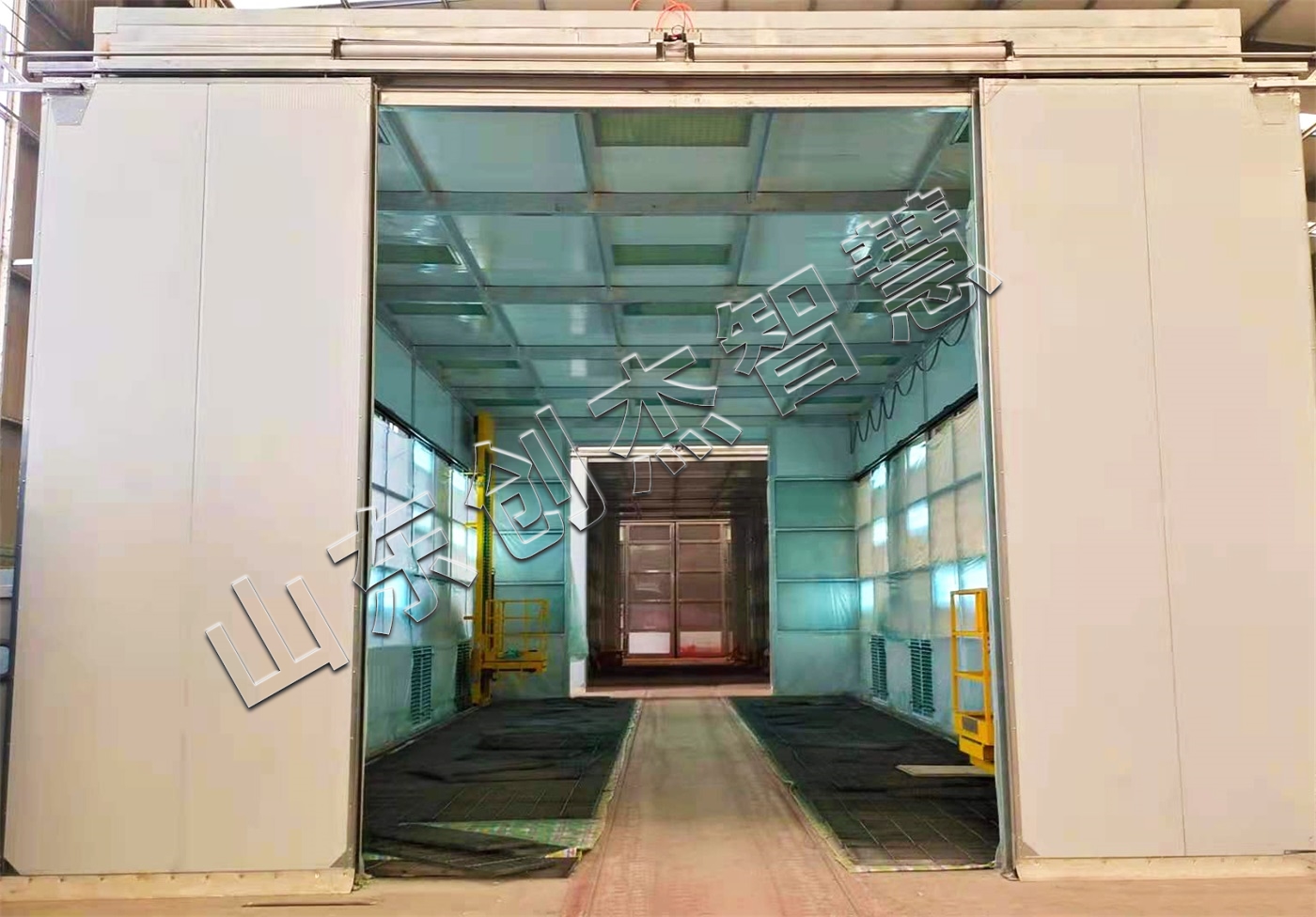
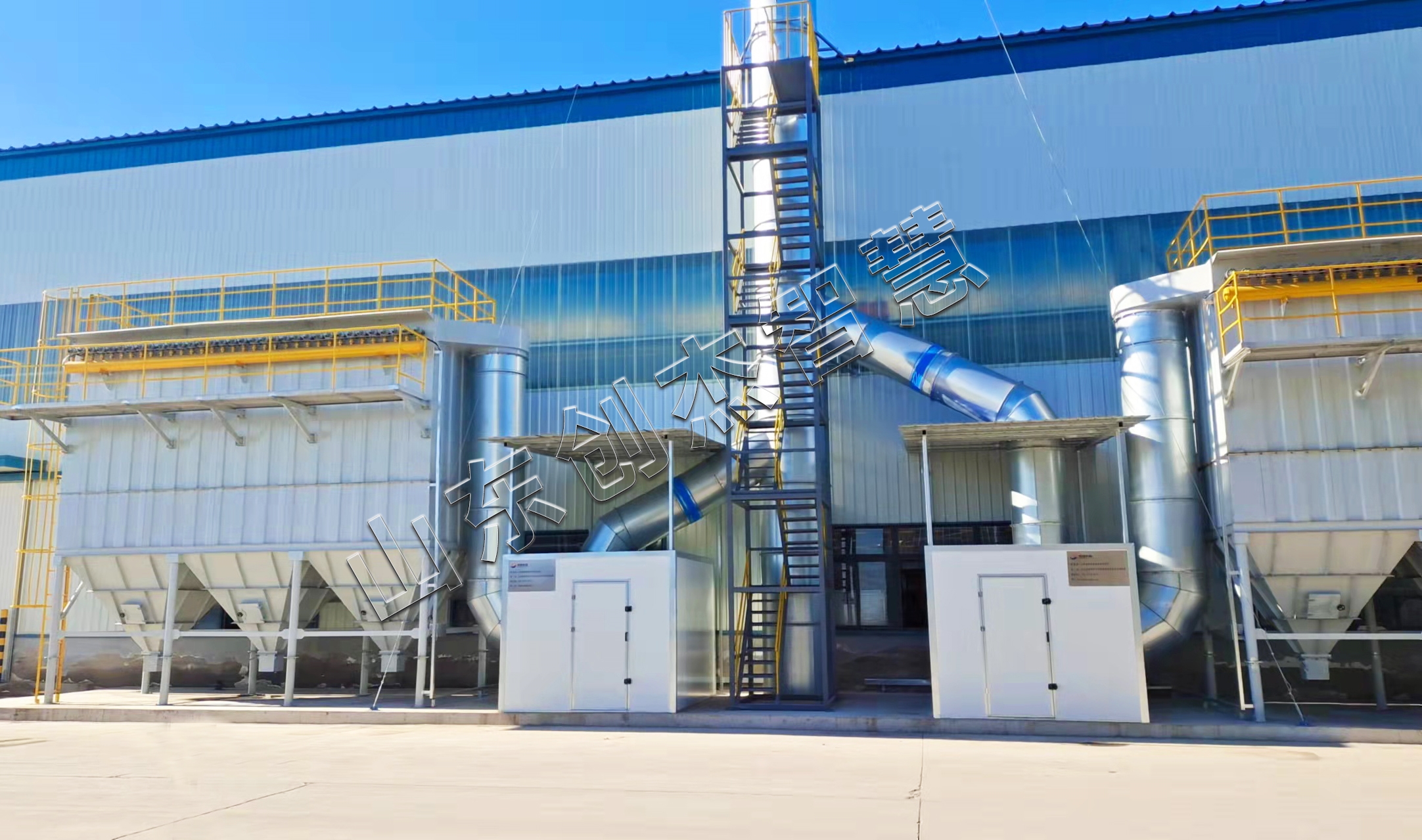
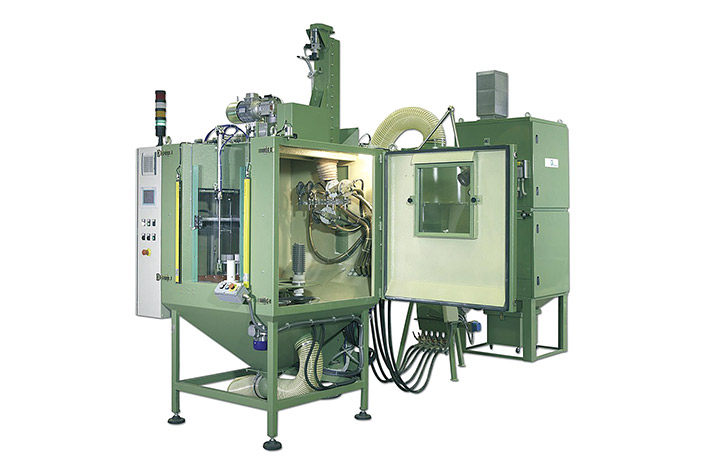



 鲁公网安备 37142502000144号
鲁公网安备 37142502000144号